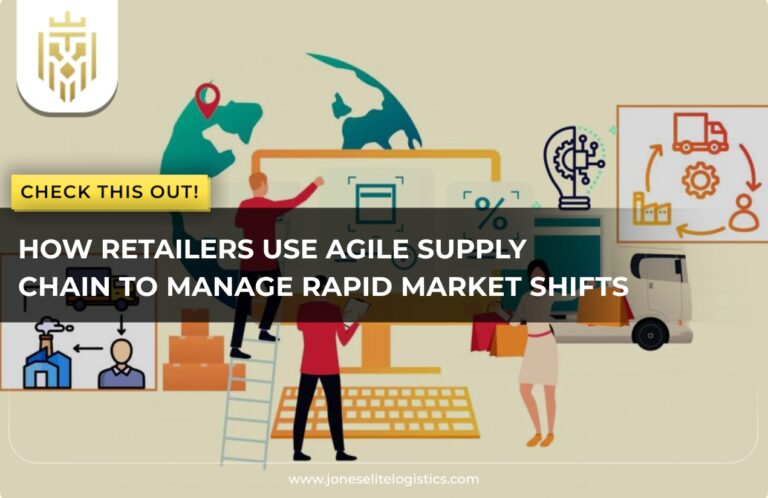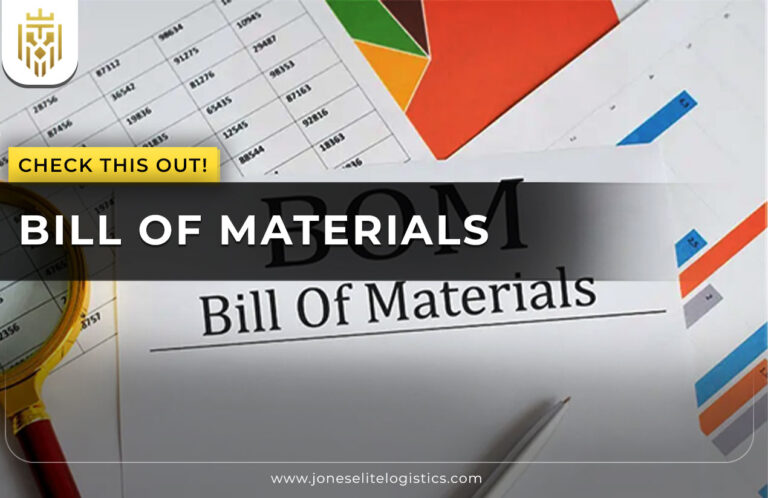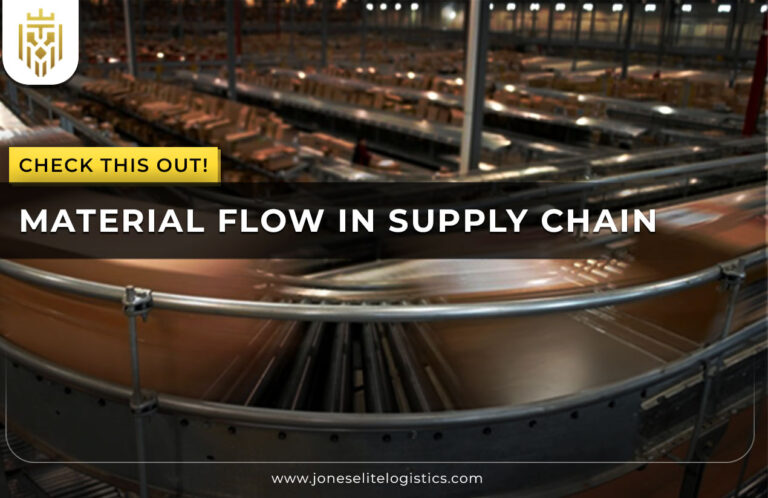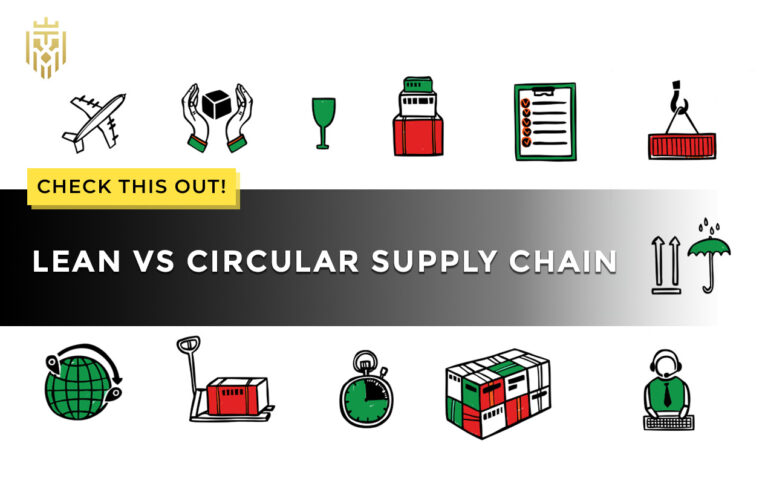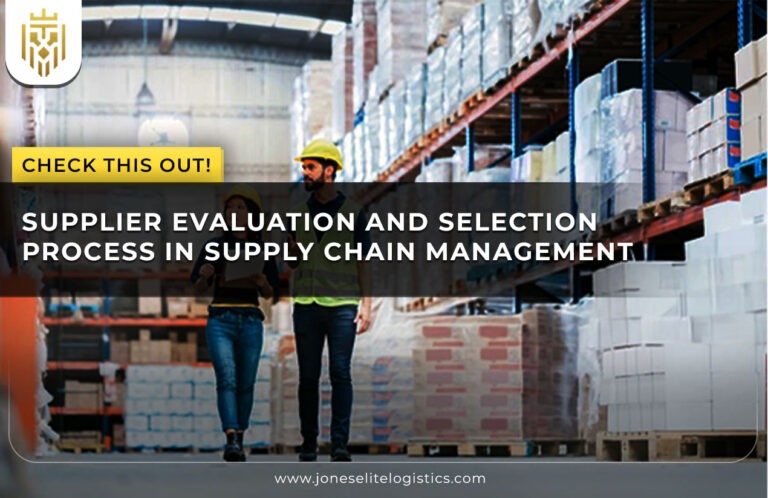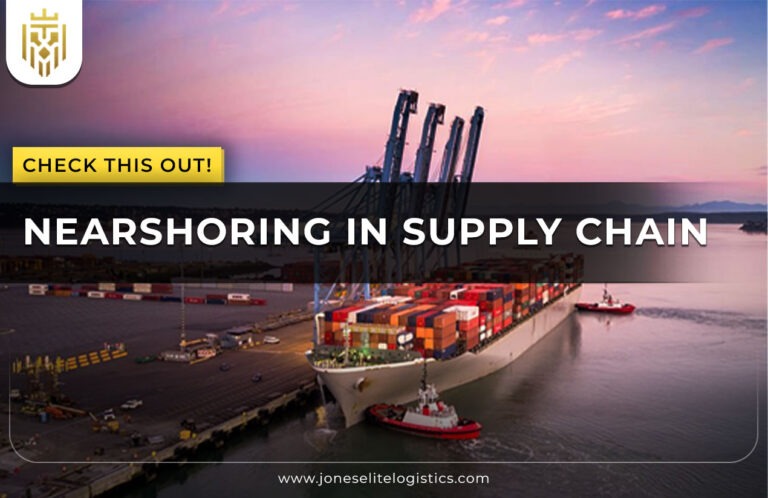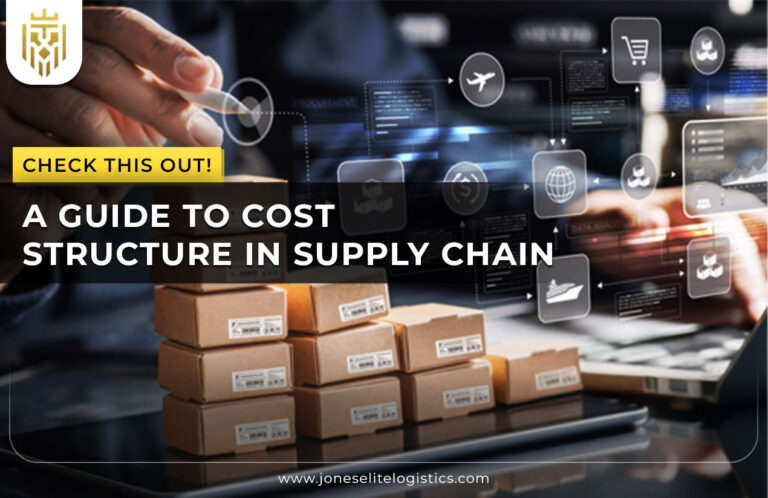Overview of FMCG Supply Chain:
Fast-Moving Consumer Goods (FMCG) are non-durable products sold quickly at relatively low cost. Their supply chain is designed to meet the FMCG industry’s needs for high-volume production and rapid delivery.

Stages of the Supply Chain in the FMCG Industry:
The stages of an FMCG supply chain are:
Supply of Raw Materials:
Goods are sourced from reliable suppliers, contracts are negotiated to secure favourable pricing and delivery conditions, and delivery dates are set to ensure on-time arrival.
In-plant Logistics:
In-plant logistics involve the seamless transfer of goods between various stages of the production process, such as from storage to production and finishing facilities, ensuring a smooth workflow.
Storage:
This stage encompasses organizing production schedules, testing items for quality, packing them for safe handling, and preparing them for release using a network of warehouses across the distribution channel.
Transportation:
Transportation involves managing the efficient movement of goods via air, rail, and sea from the warehouse to distribution centres, ensuring timely and secure transit.
Delivery:
Delivery ensures the final distribution of goods to consumers or retail stores by coordinating with logistics partners and using efficient routing strategies.
Importance of the FMCG in Supply Chain:
The FMCG supply chain plays a crucial role in several ways, which are explained below
Enhance Product Quality:
Companies conduct regular and strict audits of suppliers and products to ensure no defects are found.

Build a Strong Brand Identity:
Maintaining a regular timeline for goods distribution ensures consistent product availability, which helps build credibility and a strong brand identity.
Increase Profit Margins:
Integrating technology into the FMCG supply chain streamlines procurement, improves inventory management, and identifies areas to lower operational costs, thus increasing profit margins.
Challenges of the Supply Chain in FMCG:
Some of the challenges in the FMCG supply chain that are regularly addressed include:
Product Innovation:
Creating and selling new products is challenging due to the need for rapid development, production, and distribution. Strategies such as flexible sourcing and agile production processes can address these challenges.
Challenges in Coordinating Supply Chain Tiers:
Managing supply chain tiers, which categorize suppliers by importance, is complex. Challenges arise from coordinating multiple tiers, which can be addressed by implementing integrated management systems and conducting regular reviews.
Forecasting Challenges:
The fast-moving nature of FMCG products, along with seasonality and changing consumer preferences, makes demand forecasting difficult. This can lead to stock-outs or overstocking, requiring precise forecasting methods.
Distribution Complexity:
Multi-tier distribution networks, involving multiple stakeholders like warehouse chains and retailers, add complexity to the distribution process. Effective management of these networks is essential for ensuring timely deliveries and maintaining supply chain efficiency.
How to Optimize the Supply Chain in the FMCG Sector:
Automating processes, implementing dashboards and appropriate KPIs, and organizing warehouses are some ways to improve supply chain agility and responsiveness:
Automate Processes:
Automation, AI, IoT, and other technologies streamline FMCG supply chain processes, enhancing efficiency and speed, and helping companies reduce operational costs.

Implement Dashboards and Appropriate KPIs:
Companies use KPIs to track performance, and data is visualized with dashboards to help identify areas for improvement and optimize the supply chain.
Organize Warehouses:
Strategies such as FEFO (First Expired, First Out), cross-docking, and real-time inventory visibility help organize warehouses efficiently, ensuring timely receipt and shipment of goods.
FAQs
1. What are the stages of the supply chain in FMCG?
The stages are: Supply of raw materials, in-plant logistics, storage, transportation, and delivery.
2. How to optimize the supply chain in FMCG?
Automating processes, implementing dashboards and appropriate KPIs, and organizing warehouses are some ways to optimize the FMCG supply chain.
3. What are the challenges of the supply chain in FMCG?
The challenges include product innovation, coordinating supply chain tiers, forecasting difficulties, and distribution complexity.
4. What is the importance of the supply chain in the FMCG industry?
A well-functioning FMCG supply chain helps companies enhance product quality, build a strong brand identity, and increase profit margins.

